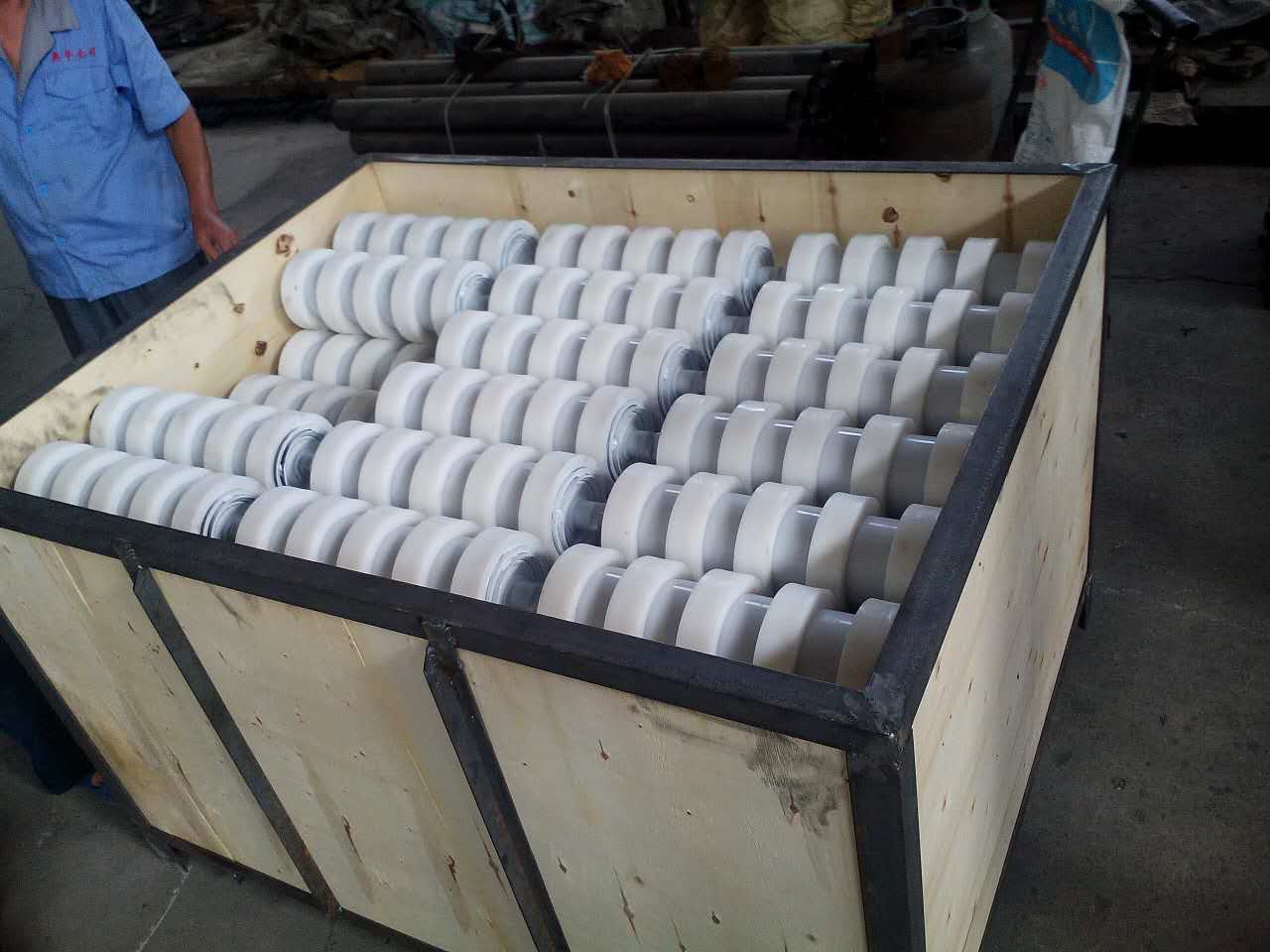 Afrikaans
Afrikaans  Albanian
Albanian  Amharic
Amharic  Arabic
Arabic  Armenian
Armenian  Azerbaijani
Azerbaijani  Basque
Basque  Belarusian
Belarusian  Bengali
Bengali  Bosnian
Bosnian  Bulgarian
Bulgarian  Catalan
Catalan  Cebuano
Cebuano  Corsican
Corsican  Croatian
Croatian  Czech
Czech  Danish
Danish  Dutch
Dutch  English
English  Esperanto
Esperanto  Estonian
Estonian  Finnish
Finnish  French
French  Frisian
Frisian  Galician
Galician  Georgian
Georgian  German
German  Greek
Greek  Gujarati
Gujarati  Haitian Creole
Haitian Creole  hausa
hausa  hawaiian
hawaiian  Hebrew
Hebrew  Hindi
Hindi  Miao
Miao  Hungarian
Hungarian  Icelandic
Icelandic  igbo
igbo  Indonesian
Indonesian  irish
irish  Italian
Italian  Japanese
Japanese  Javanese
Javanese  Kannada
Kannada  kazakh
kazakh  Khmer
Khmer  Rwandese
Rwandese  Korean
Korean  Kurdish
Kurdish  Kyrgyz
Kyrgyz  Lao
Lao  Latin
Latin  Latvian
Latvian  Lithuanian
Lithuanian  Luxembourgish
Luxembourgish  Macedonian
Macedonian  Malgashi
Malgashi  Malay
Malay  Malayalam
Malayalam  Maltese
Maltese  Maori
Maori  Marathi
Marathi  Mongolian
Mongolian  Myanmar
Myanmar  Nepali
Nepali  Norwegian
Norwegian  Norwegian
Norwegian  Occitan
Occitan  Pashto
Pashto  Persian
Persian  Polish
Polish  Portuguese
Portuguese  Punjabi
Punjabi  Romanian
Romanian  Russian
Russian  Samoan
Samoan  Scottish Gaelic
Scottish Gaelic  Serbian
Serbian  Sesotho
Sesotho  Shona
Shona  Sindhi
Sindhi  Sinhala
Sinhala  Slovak
Slovak  Slovenian
Slovenian  Somali
Somali  Spanish
Spanish  Sundanese
Sundanese  Swahili
Swahili  Swedish
Swedish  Tagalog
Tagalog  Tajik
Tajik  Tamil
Tamil  Tatar
Tatar  Telugu
Telugu  Thai
Thai  Turkish
Turkish  Turkmen
Turkmen  Ukrainian
Ukrainian  Urdu
Urdu  Uighur
Uighur  Uzbek
Uzbek  Vietnamese
Vietnamese  Welsh
Welsh  Bantu
Bantu  Yiddish
Yiddish  Yoruba
Yoruba  Zulu
Zulu Understanding the Role and Function of Accessory Drive Belt Idler Pulleys in Vehicle Systems
Understanding the Accessory Drive Belt Idler Pulley
The accessory drive belt idler pulley is a crucial component in the automotive engine system, playing a vital role in the operation of various peripheral systems. Its primary function is to guide and maintain tension on the accessory drive belt, which powers components such as the alternator, power steering pump, water pump, and air conditioning compressor. This article will explore the importance of the idler pulley, its working mechanism, common issues, and maintenance tips.
Function and Design
At a basic level, the accessory drive belt is a looped belt that connects various engine components. The idler pulley acts as a tensioning point, ensuring that the belt maintains consistent pressure on the components it drives. This is critical because an excessively loose belt can lead to slippage, resulting in inefficient performance or failure of the components connected by the belt.
Typically made of durable materials like plastic or metal, the idler pulley is designed to withstand significant friction and heat generated during engine operation. Its design often includes a bearing that allows the pulley to rotate smoothly, minimizing resistance and facilitating efficient belt movement.
Common Issues
Over time, like any mechanical component, the accessory drive belt idler pulley can wear out or become damaged
. Some common signs that indicate a potential problem includeaccessory drive belt idler pulley

1. Squeaking or Squealing Noises A worn or damaged pulley can create friction, leading to noticeable noises, especially when the engine is running. 2. Visible Wear Cracks, fraying, or a break in the pulley material can negatively affect its performance and should not be overlooked. 3. Belt Misalignment If the pulley is misaligned, it can cause the belt to run off track, resulting in further complications for the belt and the connected components. 4. Excessive Vibration If the pulley is not secure or functioning correctly, it may cause vibrations throughout the engine compartment.
Maintenance and Replacement
To ensure the longevity of the idler pulley and the efficiency of the accessory drive system, regular maintenance is essential. Here are some maintenance tips
- Routine Inspections Regularly checking the condition of the pulley and the accessory drive belt can help catch wear and tear early. Look for signs of cracking, fraying, or looseness. - Tension Checks The tension on the drive belt is vital for optimal performance. If the belt is too loose or too tight, it may strain the idler pulley. - Lubrication While idler pulleys often come sealed, if they are accessible, keeping the bearings lubricated can aid in reducing friction and extending the life of the pulley.
Should you notice any signs of wear or hear unusual noises, it’s advisable to have the idler pulley inspected and, if necessary, replaced. Ignoring these symptoms can lead to more significant issues, including damage to the connected components or even complete belt failure.
Conclusion
The accessory drive belt idler pulley may seem like a minor component in the vast ecosystem of an automotive engine, but its importance cannot be overstated. By ensuring that the idler pulley functions correctly and efficiently, vehicle owners can maintain not only the performance of their car’s accessory systems but also the overall reliability of their engine. Regular maintenance and timely replacement are key to preventing more extensive repairs and ensuring a smooth, efficient vehicle operation for years to come.
-
Revolutionizing Conveyor Reliability with Advanced Rubber Lagging PulleysNewsJul.22,2025
-
Powering Precision and Durability with Expert Manufacturers of Conveyor ComponentsNewsJul.22,2025
-
Optimizing Conveyor Systems with Advanced Conveyor AccessoriesNewsJul.22,2025
-
Maximize Conveyor Efficiency with Quality Conveyor Idler PulleysNewsJul.22,2025
-
Future-Proof Your Conveyor System with High-Performance Polyurethane RollerNewsJul.22,2025
-
Driving Efficiency Forward with Quality Idlers and RollersNewsJul.22,2025





























